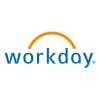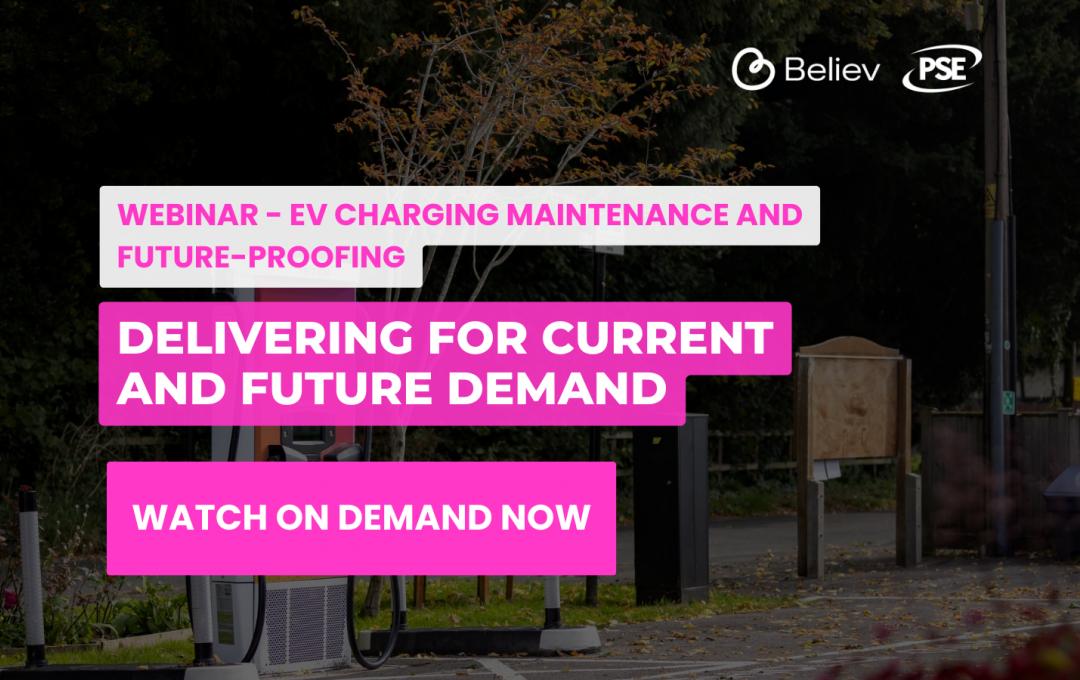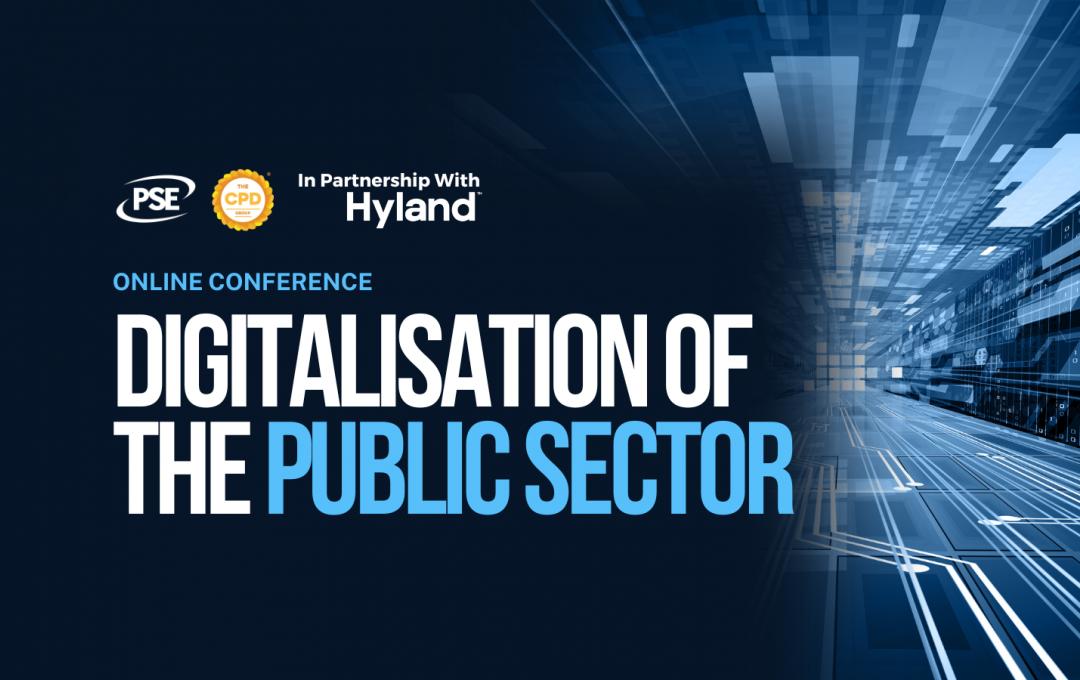Change is the new normal
Technological change or innovations in ways of working haven’t always come quickly to public sector organizations. But as today’s state and local government agencies confront challenges related to the global pandemic, climate change, political polarization, economic uncertainty, technological advancement, and demographic shifts, one thing is clear: the pace of change in the public sector is accelerating at a head-spinning rate. To address these issues and embrace a fast-approaching future, governments must fundamentally overhaul their operating systems, policies, and practices.
Pushed by the same forces that disrupt the private sector, government leaders are racing to meet the expectations of their connected and informed constituents and their employees. Specifically, public organizations are seeking to improve efficiency and transparency as constituents demand the same smart, tech-enabled experience from governments that they receive from private, consumer-facing companies. At the same time, agency leaders need to empower their teams to deliver this operational transformation by helping them feel connected, supported, and inspired. These rising and evolving expectations pressured governments to do more with less well before COVID-19 hit. At the same time, exploding volumes of data and the rise of new technologies such as IoT, machine learning, and artificial intelligence created more complexity and opportunities for governments to analyse information on a massive scale.
The global pandemic accelerated these shifts—and amplified the need for transformation—by underscoring the vitally important role of public sector organizations and the disruption that results if these organizations struggle. When COVID-19 lockdowns prompted mass layoffs, for example, state offices were inundated with millions of unemployment insurance claims. Their reliance on legacy systems made it impossible to keep up and caused months-long processing delays.
“The public sector’s core mission is to serve constituents during times of need—and COVID-19 only intensified it,” says Ryan Gaetz, Accenture’s Workday Global Public Service lead. “Public service organizations are recognizing some legacy systems are unable to meet the core mission. That’s a pretty clear sign that change is urgently needed.”
“Public service organizations are recognizing some legacy systems are unable to meet the core mission. That’s a pretty clear sign that change is urgently needed.”
Ryan Gaetz, Global Public Service Lead, Workday Accenture
Leading through change
As the result of so many pandemic-induced challenges, state and local government leaders are starting to undertake the transformational shift required to deliver modern services, increase transparency, and boost citizen engagement. As public agencies look to the decade ahead, adapting to a data-powered, virtual world by becoming more agile, responsive, and effective is the overarching goal.
The first step? Build the consensus needed to invest in new technology solutions and then navigate the change required to use them. Yet gaining support for any transformation is difficult—and it can be doubly hard in the public sector, where agencies must prioritize the best use of their limited resources to meet constituent needs. “In government, just having an operational need or a desire for innovation isn’t enough to get an initiative funded,” explains Will Greer, vice president of government practice at Workday. “While the private sector can make decisions according to a crystal-clear North Star—its bottom line and share price—the public sector doesn’t have that luxury. Its leaders must navigate a more complex budgeting and purchasing process that includes mandated services and limited discretionary spending.”
Navigating this change requires a deep understanding of the value proposition to the organization, its employees, and citizens, as well as a willingness to build consensus at every level of the organization. A successful move to the cloud begins by reaching a shared definition of “transformation.” Accomplishing this can be harder than it sounds.
As public agencies look to the decade ahead, adapting to a data-powered, virtual world by becoming more agile, responsive, and effective is the overarching goal.
For example, some government IT departments might consider “transformation” to simply be the migration of existing systems to a hosted data centre. Yet such “lifting and shifting” won’t offer the agility, scalability, and security required for success. Migrating legacy systems requires large up-front investments and expensive recurring upgrades later on. More importantly, shoehorning an old solution into a new environment often creates unforeseen challenges while circumventing the innovation mindset needed to serve today’s constituents. Leaders should instead champion the mindset that accompanies a real technology change and gain buy-in around adoption of an enterprise management cloud model.
To gain this support, organizations need to focus on fully addressing the benefits of cloud-based enterprise resource planning (ERP), especially “just in time” tools, mobile capability, and access to timely information that can accelerate and automate day-to-day operations. By helping employees fully understand and use this model’s new capabilities, government agencies can finally be free from manual processes and administrative tasks, and have more time to spend on work that better serves their constituents.
Leaders who successfully champion transformational change are willing to roll up their sleeves and participate in every step of the process. By clearly explaining why the status quo is no longer acceptable, discussing how outdated business systems hamper the organization’s ability to fulfil its mission, and addressing employees’ concerns about their shifting duties, government leaders can ensure that public agencies will thrive and continue to serve future generations of citizens. In the following sections, we’ll take a closer look at how public sector finance, HR, and technology leaders can rise to the occasion by driving changes that will prepare their agencies to thrive in the future.
A successful move to the cloud begins by reaching a shared definition of “transformation.”
Change through a finance lens
Now more than ever, public sector organizations should engage chief financial officers (CFOs) in providing strategic direction and change management alongside other leaders. To address business-critical concerns, innovative finance leaders are shifting from looking in the rear-view mirror and reporting on the past to now looking out the windshield and anticipating what’s coming.
To lead through change, CFOs want to understand how disruption can impact business models, be able to assess risk, and use financial and operational analytics to determine where to invest and innovate. Modernizing an organization’s tools to enable planning, execution, and analysis in a single cloud-based system is critical to providing the visibility necessary to draw insights and make accurate predictions.
By eliminating clunky manual spreadsheets and incorporating financial, people, and operational data into the planning process, cloud-based systems enable finance teams to quickly create plans based on real-time data and model different scenarios to guide decisions and prompt pivots when needed.
Across the public sector, this translates to the ability to model decision packages against funding levels, build program expense budgets, and forecast revenues from funding streams such as tax collections, fees, internal services funds, and other sources.
In Denver, Colorado, for example, data was siloed across a complicated integration of 23 legacy servers and 5 core systems. When it embraced a cloud-based ERP, the city was able to create a single source of truth that allows finance leaders to view HR, payroll, grants, budgets, and accounting data in one place. This single data model with interconnected values provides real-time reports with robust drill-down capabilities, enabling leaders to easily assess key performance indicators (KPIs) and make operational adjustments. Furthermore, Denver was able to auto-generate asset accounting, saving valuable hours each month that could be allotted to higher-value analytics work. All of this was accomplished with a predictable monthly subscription that eliminated stress tied to the legacy system’s historically unpredictable, expensive upgrade costs that were challenging to fit into the budgetary process.
To address business-critical concerns, innovative finance leaders are shifting from looking in the rear-view mirror and reporting on the past to now looking out the windshield and anticipating what’s coming.
Two counties in Washington state experienced similar results after replacing aging systems with a cloud-native solution. In southwest Washington, the Clark County finance team simplified its ledger accounts by a whopping 96%—from 10,000 to 400—and controlled expenses, ultimately reducing maverick spend by 15%. And because it automates and consolidates data collection, the cloud-based system saves time and helps the county’s managers see the big picture—and potential problems—more clearly.
Clark County finance team simplified its ledger accounts by a whopping 96%—from 10,000 to 400—and controlled expenses, ultimately reducing maverick spend by 15%.
About 200 miles northeast, Yakima County also undertook a digital transformation with immediate results. By modernizing its annual budget process, the growing county has saved time while improving accuracy to better anticipate and meet its changing needs.
“We gained insight and transparency around labour costs, capital planning, depreciation costs, and our internal cost allocations,” says Craig Warner, Yakima County’s financial services director. Moreover, by creating a single source of truth, Warner and his team reduced the amount of time required to budget salaries and benefits from nearly a month to just one or two days.
Cloud-based solutions also enable scenario-planning that allows forward-thinking finance teams to transform data into flexible, actionable plans for any conceivable reality. This planning capability proved critical to the Memphis-Shelby County Airport when it watched its daily average passenger traffic plummet to 250 from 10,000 after COVID-19 hit. The ability to consider multiple options—what would happen, say, if hiring freezes were implemented or capital projects paused—allowed airport leaders to navigate through a previously unthinkable disaster.
In the years ahead, as the federal government’s $1 trillion infrastructure plan sends money flowing into state and local budgets, smaller government agencies will face new reporting obligations and accountability standards. As the recipients seek to allocate this funding, track results, and improve their ability to respond to future crises, the need for improved automation, efficiency, and data will only increase.
“Everyone is going to be interested in how governments use the money they receive from that plan, and so it will be even more necessary that they have a solid backbone of technology infrastructure that allows them to track people and results, and turn on a dime when necessary,” says Workday’s Greer.
Change through an HR lens
A true organizational transformation requires alignment from its people—but organizations face significant challenges in both recruiting the talent they need and engaging and retaining the talent they already have.
To improve worker engagement and create a higher-performing culture, public sector organizations need a talent management system that accelerates hiring and onboarding, identifies and fills skills gaps, highlights total rewards and development opportunities, and provides employee self-service to help individuals plan and achieve their professional goals.
In addition to giving employees the right tools, resources, and training, improving organizational culture also requires elevating diversity and belonging. This is especially true among public sector agencies, which aim to reflect the diversity of the communities they serve.
Employees who feel they belong display a 56% spike in job performance and a 75% reduction in sick days. As such, public sector agencies interested in transformation should seek a better understanding of the employee experience across their organizations.
According to Accenture research, public service employees who work for organizations that champion physical and mental well-being, inclusion, and equality put significantly more effort into their work compared to those who don’t. Harvard Business Review noted similar results: employees who feel they belong display a 56% spike in job performance and a 75% reduction in sick days. As such, public sector agencies interested in transformation should seek a better understanding of the employee experience across their organizations.
“Our research shows the importance of creating a culture that supports human potential,” says Accenture’s Gaetz. “Public sector employers need to build trust, enhance the work experience, and help people thrive to successfully navigate change and become more flexible, future-ready organizations.”
The increasing importance of human capital in a knowledge-based world means that HR leaders have a unique opportunity to care for their people while accelerating their organization’s performance. Just as the CFO has become a critical driver in managing risk and leveraging data to produce actionable insights, the HR leader is poised to serve as a catalyst for growth by determining how the right talent in the right roles will help meet organizational goals.
The HR function’s value has become especially clear as agencies sent their workforces home during COVID-19 lockdowns. Suddenly, human capital management was in the spotlight, responsible for confirming every employee’s location and safety while ensuring business continuity.
As time went on, HR leaders became responsible for providing the tools and information workers needed to effectively work from home, collaborate easily, and continue with learning and development programs. Delivering these in a remote environment required a sophisticated understanding of each employee and each role’s unique attributes. Today, HR will further determine which functions can continue to operate remotely, which need to be on-site, and which workers meet requirements to return to the office.
“Public sector employers need to build trust, enhance the work experience, and help people thrive to successfully navigate change and become more flexible, future-ready organizations.”
Ryan Gaetz, Global Public Service Lead, Workday Accenture
Automating administrative tasks can help create the time and focus necessary for this level of strategic partnership. In Pierce County, Washington, replacing paper processes with employee self-service has saved the county government at least $100,000 annually while freeing the HR team to focus on more strategic initiatives. Not only that, but the new system’s easy-to-use interface produced high adoption rates as most employees regularly log in.
Other public sector organizations, including the state of Oregon, tapped a cloud-native platform to boost its recruiting power while meeting challenging public sector hiring requirements. By configuring a process to capture the required steps and documentation, the state developed processes to improve the applicant experience and allow recruiters to focus on identifying the most qualified candidates for critical roles.
Similarly, the City and County of Denver used cloud platforms to attract top talent by accelerating recruiting and onboarding. The results? After hiring 85 people over a weekend to staff COVID-19 testing sites, the team onboarded the new hires on Monday and trained them on Tuesday and Wednesday. “Governments must innovate and adapt to new ways of thinking and approaching their work to provide the best and most valuable service to their communities,” says Karen Niparko, former CHRO, City and County of Denver. “Maintaining the status quo without innovation will not cut it in this new economy.”
Change through an IT lens.
Just as public sector CFO and CHRO roles are evolving, so too are the industry’s IT demands. Rather than simply keeping the lights on and the systems running smoothly, innovative IT leaders help their peers understand how to effectively use technology to address business needs and deliver strategic insight.
The CIO’s charge to improve organizational agility and growth through technology is becoming paramount as more public sector services move online. In fact, according to a recent Accenture survey, 88% of public service leaders agree that their organization’s business and technology strategies are becoming inseparable—even indistinguishable.
To fulfil the public sector’s transformational potential, CIOs must invest in the right ERP. “Our mission in technology services is to improve city performance,” says Chris Binnicker, deputy CIO, City and County of Denver. “It’s very important that we use updated technology and innovative platforms that allow us to do our jobs better.”
To ensure technology powers strategic transformation and better performance, CIOs can serve as the bridge between an organization’s tech investment and another major investment: its employees.
“Most importantly, it’s all about the people,” says Phil Bertolini, co-director of the Centre for Digital Government and a former CIO for Oakland County, Michigan. “People need to embrace using the technology, and they need to be trained appropriately. Only when this happens will you get the results that help move your government forward.”
During COVID-19 lockdowns, as much of the country shifted to remote work, a new test for ERP presented itself. Cities needed to equip their workforces with mobile apps that allow workers to access self-service capabilities from anywhere. For example, when the City of Vancouver, Washington, adopted a new cloud-native ERP, the city manager and fire chief accessed the mobile app on the first day to begin approving time off, viewing payslips, creating expense reports, and managing their team.
Closing the digital gap
After public sector organizations invest in a cloud-based ERP, the offices of finance, HR, and IT can leverage a unified platform to gain greater understanding and collaborate at a much higher level. By uniting under a single source of truth, these departments can better work cross-functionally to align business processes, break down silos, and create more dynamic solutions to critical challenges.
As digital acceleration continues, public sector agencies that place technology at the core of their operations will be better positioned to respond, pivot, and recover during the future’s increasing uncertainty and persistent change. Strong leadership can guide government agencies to embrace an era of transformation—and an entirely new vision of what public service can be.



















